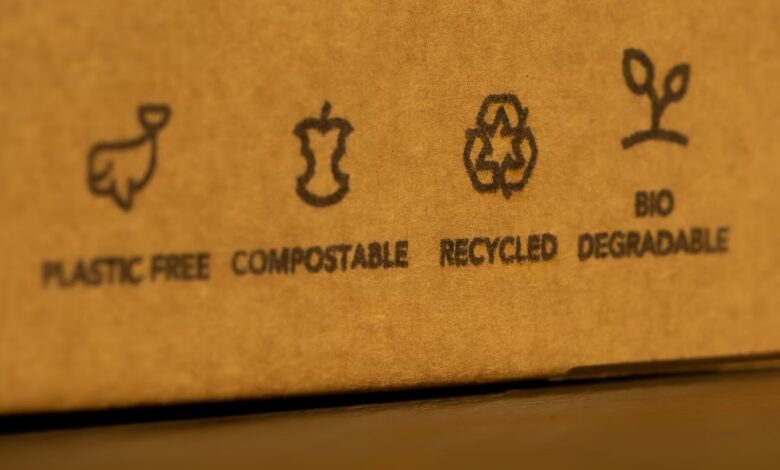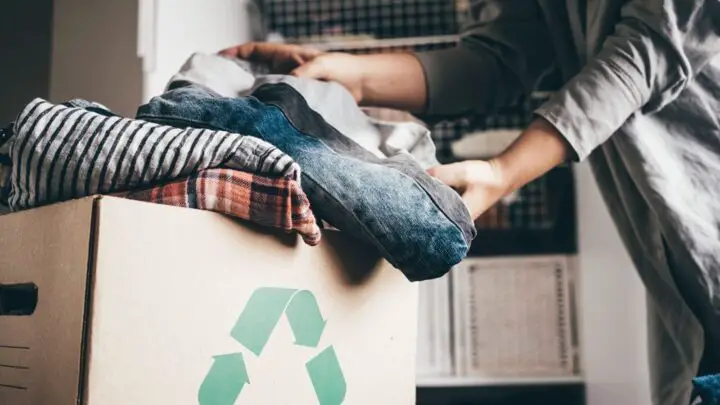Green Living: 10 Sustainable Clothing Care Tips

Caring properly for your clothes is one of many steps you can take toward more sustainable living. You only need to make a few simple changes to your everyday habits to make a big difference in the carbon footprint you leave behind.
Caring for clothing isn’t only learning how to wash but also how to pick and choose the right pieces that will last you longer and the way you store them.
Here are some simple, sustainable tips for clothing care that you can implement into your routine right now:
Buy Quality Clothing

It’s not only about caring for the clothes. Instead, the first step to building a sustainable wardrobe is to make sure the clothes you buy are made to last. Fast fashion is cheap for several reasons, one of them being that they use cheap materials and harmful manufacturing practices. Instead, opt for buying clothes locally, with small businesses that are more likely to pay attention to the quality of the material. You can visit a thrift shop from time to time, as you can easily find good-quality clothes for much cheaper.
Another thing that may help you build a sustainable wardrobe is to research a capsule wardrobe. Investing in quality basics will allow you to create multiple stylish outfits and not have to constantly buy new, trendy pieces that will be out of trend in a year.
Don’t throw out clothes

Most of the clothes you throw out will end up in landfills. Instead, you can take old cotton t-shirts and repurpose them as rags. Not only will you stop the clothes from going to landfills, but you will also save money by not having to buy paper towels as often.
Another thing you can do before throwing the clothes out is to make a donation pile. What may not be in your style anymore may be a perfect fit for someone else.
Wash less frequently
If you have a habit of throwing clothes in the hamper after each use, you should reconsider. Only some articles of clothing require this, especially delicate items that can be ruined by over-washing. For example, you should wash jeans only once every 4-10 wears. Frequent washing can cause tears in the materials and subsequently make your clothes’ lifespan much shorter.
Use a lint roller to remove any fuzz or hair. To make your clothes feel clean, you can also put them outside for a few hours to air out and feel fresh again.
Follow the instructions

Instructions are set in place to be followed. While some products are machine-washable, others are only appropriate for dry cleaning. Wait to toss the label away before reading it; most brands will have comprehensive instructions. Take a few minutes to check the labels on your clothes and determine the setting, temperature, and care instructions for each garment. Since all materials are different, they require different care. You will prevent the color from fading and the material from becoming damaged.
Spend time preparing the clothes for washing
Take a few minutes before mindlessly throwing the clothes in the washer to implement useful tips. First, turn the clothes inside out. Doing this will prevent the micro-tears from tumbling. Make sure that the buttons and zippers from other garments can’t damage the rest of the clothes by fastening them. Put delicate undergarments in a mesh bag. Try to always put in a full load, as that will save you energy and water bills at the end of the month.
Don’t use the dryer as often

While using the dryer is quick and convenient, it’s not very eco-friendly. Air drying is a more sustainable way of drying, and you will save a lot on energy bills. Your clothes can also benefit from this, as using the dryer can cause damage to specific materials, such as jeans for example. Invest in a drying rack to have a spot for your clothes, even in the winter or during wet days.
Be mindful of the services you use
Yes, using a laundromat or taking your clothes to dry cleaning is easy and convenient. However, before choosing that option, do some research about the practices of the services. Most dry-cleaning places still use harsh chemicals that are bad for both the environment, but also your clothes. Luckily, many services are turning away from chemicals and choosing more eco-friendly options. Click here to learn about an eco-friendly alternative to dry cleaning and how it differs from traditional services.
Properly store the clothes

After washing the clothes, you also want to make sure that you store them properly. Especially delicate materials like wool and cashmere require more space to breathe. Don’t just cram everything in a small space because the fabric needs time to return to its original shape after wearing. Some clothes should be hung, and some folded. Invest in wooden hangers for coats and jackets. Never put dirty clothes in the same space as clean ones because the smell and dirt can attract moths to your wardrobe.
Use fewer chemicals
Detergent is necessary for thoroughly washing clothes, but not all brands are made equal. Don’t just grab the first one from the shelves; opt for an eco-friendly detergent that doesn’t contain petroleum or other toxic chemicals. The water you use will end up in nature, and you don’t want to contribute to adding more toxins. Using eco-friendly detergent is also beneficial for people with sensitive skin, as it is proven to cause less irritation.
Learn how to mend your clothes
Just because your item has a small tear doesn’t mean it belongs in the trash right away. With a suitable kit and a set of skills, you can quickly mend most of the damage at home. For example, sewing a button or fixing a hole isn’t hard. You’re lucky because many tutorials are available online to help you with this.
Treat stains right away

If you get a stain on your clothes, treat it right on the spot to avoid using harsh chemicals later when washing. For most stains, lightly dab the area with water and a drop of detergent. You can try a natural method with baking soda and vinegar if there’s a hardcore stain. Sprinkle some baking soda on the spot, then mix one cup of water and vinegar. This should remove the stain right away.
